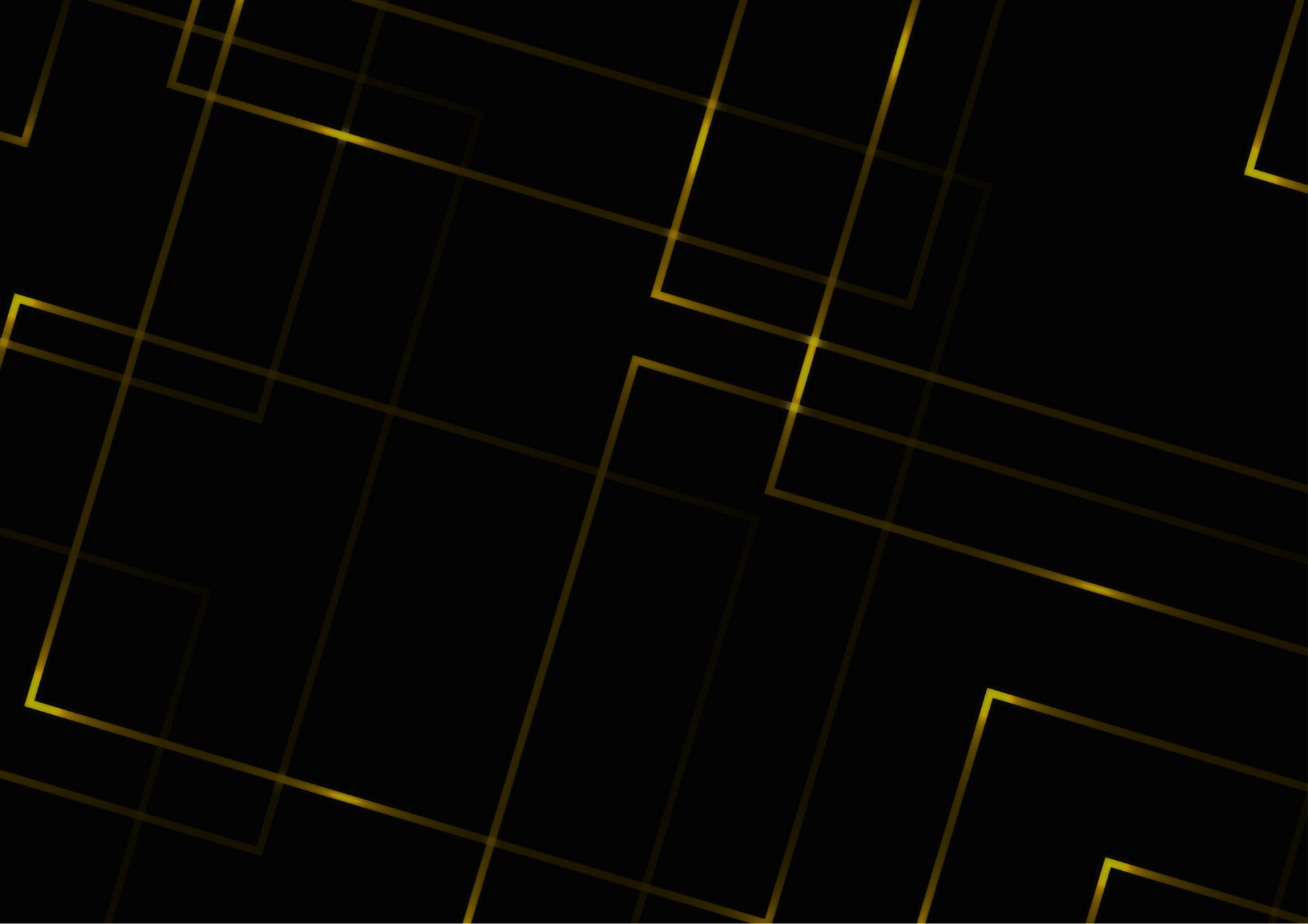
What Do Guitar Pedals Do?
Your Guide to the Sounds and Categories
Guitar pedals are the secret weapon behind countless iconic sounds. Shaping everything from subtle blues warmth to mind-bending psychedelic effects. Placed between your guitar and your amplifier, these compact devices open up a universe of creative possibilities.
But with so many different types available, it can be tricky to know what each one actually does!
On this page, you’ll find a straightforward guide to the most common categories of guitar pedals like overdrive, delay, reverb, wah, and more. Each section explains the pedals function and its purpose, which gives you the knowledge to start exploring new sounds. Whether you’re a beginner putting together your first pedalboard or a seasoned player curious about something new, this guide will help you understand how each type of pedal can shape your tone and inspire your playing.
Gain & Dynamics

• Function: Simulates the warm “pushed tube amp” sound, adds subtle to gritty distortion, enhances harmonics.
• Purpose: Blues, rock, pop; adds punch and sustain, stacks well.

• Function: Heavier, more aggressive clipping than overdrive. Produces a saturated, crunchy, “hard” sound.
• Purpose: Rock, metal, punk; for sustained power chords, solos.

• Function: Extreme, buzzy distortion. Clipping is square/harsh, creating a thick, “broken” sound.
• Purpose: Vintage/psychedelic/garage rock, experimental sounds.

• Function: Cleanly increases (boosts) signal volume, usually before hitting the amp or other pedals.
• Purpose: Louder solos, hitting amp/pedals harder, preserving tone.

• Function: Smooths dynamic range by reducing the gap between soft and loud notes. Increases sustain, evens out attack.
• Purpose: Funk/clean tones, country, solos; controls peaks, “snap” to notes.

• Function: Like a hard compressor prevents signal from exceeding a certain volume threshold.
• Purpose: Prevents clipping; used in bass/recording more often.

• Function: Mutes/suppresses unwanted noise/hum
when signal drops below a certain threshold.
• Purpose: High-gain setups, metal, studio/live use.

Frequency & Filter

• Function: Adjusts (boosts or cuts) specific frequency bands typically bass, mids, treble.
• Purpose: Tailors tone, fixes boomy/harsh frequencies, corrects room sound.

• Function: “Sweep” a bandpass filter with foot treadle; vowel-like “wah-wah” sounds.
• Purpose: Funk, solos, expressive playing.

• Function: Wah-like sound but triggered by pick attack, not treadle.
• Purpose: Funk, soul, quirky lead effects.

• Function: Adds signal transposed up/down by one or more octaves; can mix with dry signal.
• Purpose: Synth-like sounds, fatten single notes, Hendrix-style leads.

• Function: Shifts signal by chosen interval (not limited to octaves); may harmonize.
• Purpose: Harmonies, whammy effects, creative textures.

• Function: Pitch shifts your note(s) to create musically relevant harmonies.
• Purpose: Adds intervals (3rd, 5th, etc.) for thickening or unique layering.

Modulations

• Function: Splits signal, detunes and delays one slightly, then blends for a shimmering, “liquid” sound.
• Purpose: 80s pop, clean strumming, thickening, dreamy tones.

• Function: Delays copy of signal with a modulating (sweeping) time, jet-like or “whoosh” effect.
• Purpose: Classic psychedelic, sci-fi, or spacey effects.

• Function: Phases the signal (shifted frequency sweeps) for a swirly, “rolling” filter sound.
• Purpose: ’70s funk, classic rock, lush solos.

• Function: Varies the volume up and down at a set rate, creates a pulsing or “chopping” sound.
• Purpose: Surf, vintage, country, dynamic rhythms.

• Function: Modulates pitch up and down (not volume, like tremolo).
• Purpose: “Cheesy” or vintage modulation, weirdness.

• Function: Simulates spinning speaker cabinet, combining pitch, amplitude, and filtering movement.
• Purpose: Organ/gospel sounds, unique swirling textures.

• Function: Phase/vibrato hybrid with a unique, chewy modulation.
• Purpose: Hendrix, Trower, psychedelic effects.

Time Based

• Function: Repeats the sound after a short time (from slapback to long echoes), with repeats fading out.
• Purpose: Ambience, “space,” rhythmic patterns; country, rock, experimental.

• Function: Simulates sound reflections in spaces (room, hall, spring, plate, etc).
• Purpose: Adds depth/ambience, makes “dry” tone lush; always useful.

• Function: Records and repeatedly plays back a riff/section; musician can then “overdub” more layers.
• Purpose: Practice, solo performances, song-building, live looping.

Utility & Control

• Function: Attenuates signal sent to the amp or pedalboard; foot-controlled.
• Purpose: Swells, fade-ins/outs, overall volume control.

• Function: Routes signal between two (A/B) outputs or inputs, or both (Y).
• Purpose: Switch amps/guitars/effects paths, complex setups.

• Function: Detects pitch of string plucks to help quickly tune instrument.
• Purpose: Quick, silent tuning on stage or in studio.

• Function: Prevents signal loss/tone-suck from long cables or many pedals, maintains signal strength.
• Purpose: Big pedalboards, long cable runs.

• Function: Sends MIDI signals to change settings/presets on digital pedals, amp modeling units, etc.
• Purpose: Advanced switching, preset changes, complex rigs.

Multi-Effects & Specialty

• Function: Contains multiple effect types in a single pedal or unit.
• Purpose: Versatility, space-saving, all-in-one solutions.

• Function: Transform guitar input into synth-like/keyboard tones, often using filtering & envelope control.
• Purpose: Experimental, specialty genres, wild textures.

• Function: Makes electric sound more like an acoustic guitar.
• Purpose: Covers, worship music, versatility for electric players.

